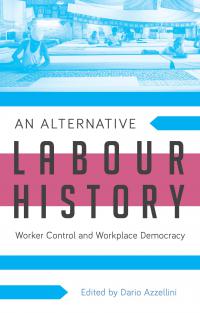workers' rights
Workers of the world: Growth, change and rebellion

By Kim Moody
India: Why are Suzuki automobile workers in jail?

By Kavita Krishnan

Neoliberal Ukraine’s labour 'reforms' threaten workers' rights

The oligarchs have joined fo
Eyewitness Greece: Interview with Hara Petsiou, cleaner fired from Ministry of Finance

By Vivian Messimeris, Athens






